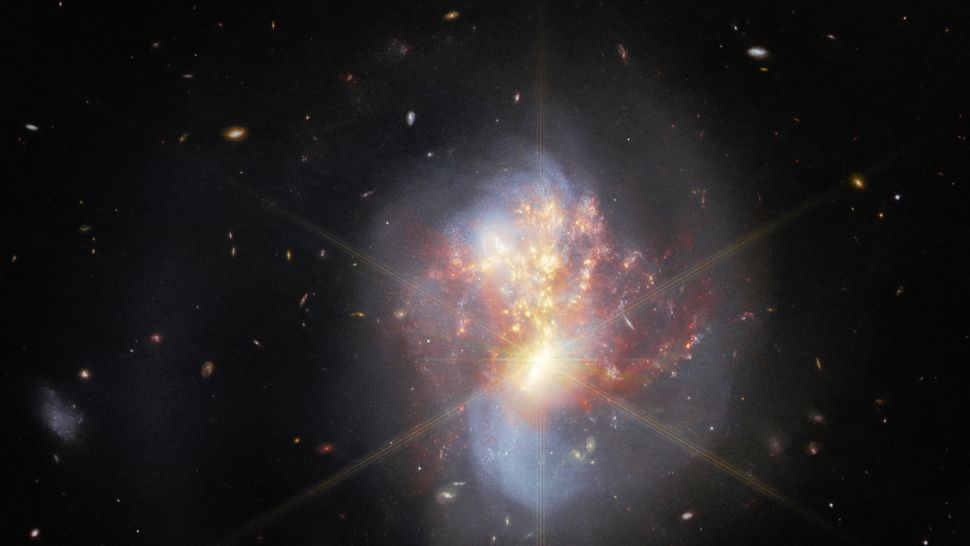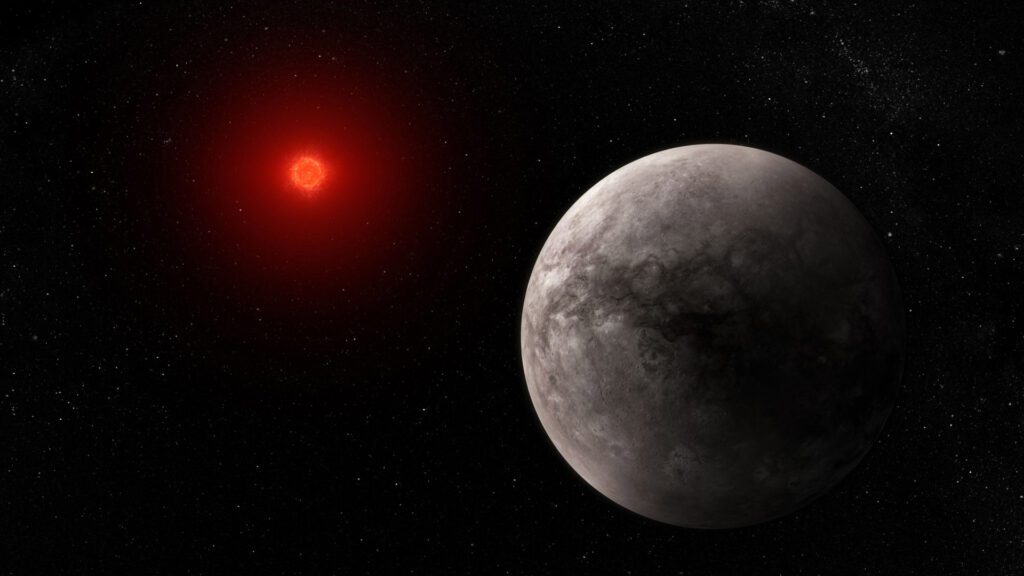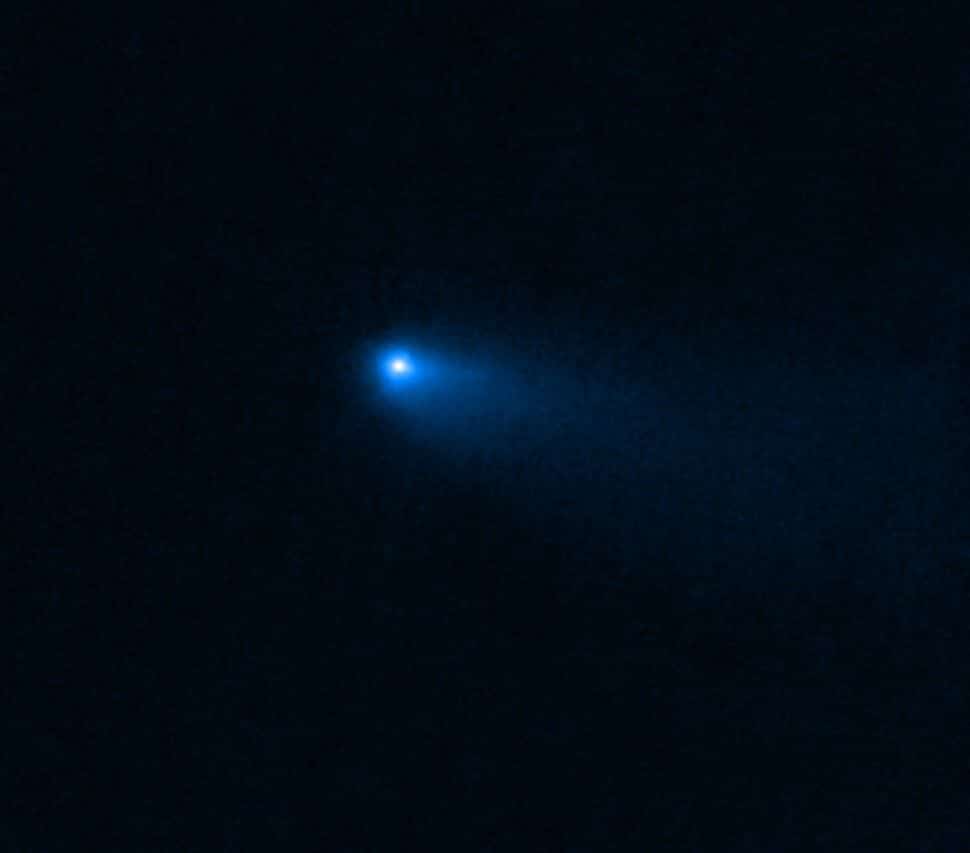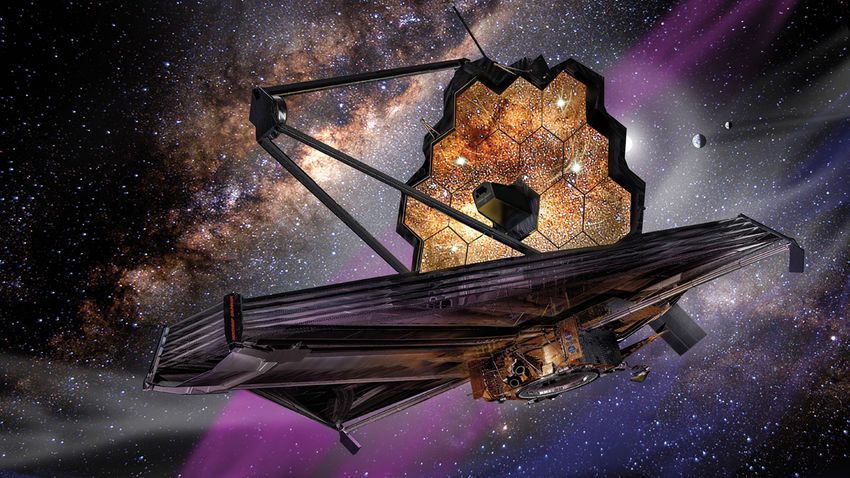A year ago, the James Webb Space Telescope gave us theirs first official images, opening an unprecedented window onto the universe. Since then, this revolutionary tool has not stopped working, collecting data and offering us new perspectives of knowledge.
In just twelve months, the researchers have published over 750 peer-reviewed scientific articles using or citing data from the James Webb Space Telescope (JWST or Webb). From data on some of the universe's earliest galaxies to a greater understanding of our solar system, JWST has begun to deliver on its promise to observe our universe in more detail than ever before. And it's just getting started, with decades of predicted science ahead of it.
For today and for tomorrow
“This telescope is for the next generation,” he says Stephanie Milam, JWST deputy project scientist for planetary science. “The children who are in school today could be the ones who use it in the future.”
But what did James Webb do in its first year of operation? And what does the future hold for us? Let's see'.

Revolutionary discoveries
So far, as mentioned, the James Webb Space Telescope has completed hundreds of research projects, many of which are related to the capture of the most distant observable galaxies. Galaxies which, given the time it takes for light to reach us, are also some of the earliest in the universe.
JWST managed to capture galaxies up to 13,4 million light years away, just 320 million years after the Big Bang. Some of these galaxies they have amazing features, say the researchers. For example, unexpectedly large sizes or star formation rates very different from what we know.
Exoplanets galore
Another area where the James Webb has made significant progress is exoplanet research, including detailed measurement of the atmospheres of exoplanets such as those in the system TRAPPIST-1, a group of seven exoplanets discovered in 2016 about 40 light-years away orbiting a small star.
The system is the largest known “collection” of Earth-sized exoplanets in a star's “habitable zone,” the distance from a star where scientists think there might be conditions that could support life. In research published in March, researchers were able to use infrared radiation data from a secondary eclipse, or when a planet passed behind TRAPPIST-1, to find that TRAPPIST 1-b, the innermost planet, did not It has a vibe.

Water and comets
Closer to home, the James Webb Space Telescope has made some surprising discoveries in our asteroid belt. In a study published in May that Milam worked on, researchers used JWST to identify the first known comet surrounded by water vapor in the asteroid belt. Previously, comets containing water ice had only been found in the distant Oort Cloud and the Kuiper Belt.
“The presence of water vapor in the asteroid belt is enormous,” Milam said. “This means that there is some kind of mechanism that preserves water ice in an asteroid-like body so close to our sun.”

James Webb, beyond expectations right from the start
Every observation made by James Webb also benefits from his extraordinary optics. JWST was required to have a small diffraction limit of just two microns, Milam said. But the telescope turned out to be even more accurate: its diffraction limit is currently 1,1 microns.
Extraordinary numbers, which allow researchers to obtain even better data than expected.
And can we talk about savings? The launch of the James Webb Telescope went so well that it conserved significantly more fuel than scientists expected. While NASA initially expected JWST to last about 10 years or less, it is now expected to continue operating for 20 years, through the 2040s.
Twenty of these years, James Webb! What awaits us
In the coming year, researchers will build on what they have learned this year using the James Webb and continue to push its capabilities and limits. For example, Milam said, it's possible that the telescope could discover an even more distant galaxy.
Of course, there were some problems too, it wasn't all rosy. In the May 2022Before the first telescope images were even released, a larger-than-expected micrometeorite struck the James Webb causing small but detectable damage. All it takes: Scientists are now developing solutions to make sure future impacts don't damage the telescope.
Aside from minor inconveniences like this, however, things couldn't be better. The James Webb it continues to give us more and more questions and more and more answers about our universe. Every time she sets her sights on an area, she opens up a new box of surprises.
I can't wait to tell you all about them.


